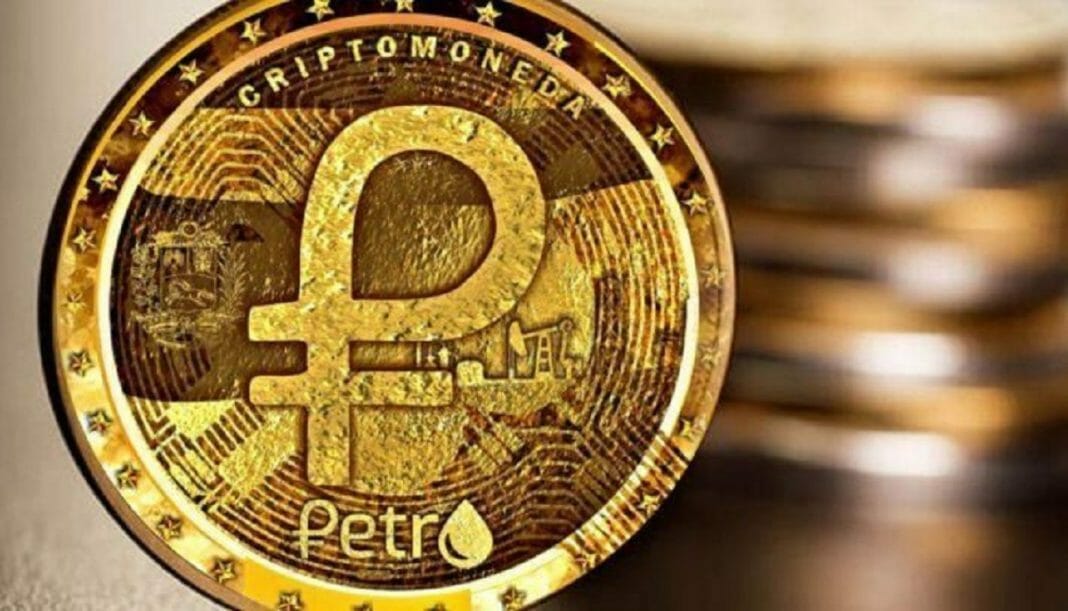Russia is considering the development of a digital currency to evade sanctions from the United States. The digital ruble and Petro show similar graphic images.
Russia seems to be joining the trend of various governments around the world: launching its central bank digital currency (CBDC). While the focus is currently on the digital yuan, other countries such as Brazil, Japan, Canada, or Jamaica also plan to create their digital currencies. However, the Moscow government seems to have the Venezuelan Petro as a reference for developing its CBDC.
The Central Bank of that nation has already made it clear that it is exploring the possibilities of issuing the digital ruble. However, Russia has not made a final decision on the matter. The financial institution outlines some advantages that an additional form of money would offer the country, which would circulate alongside cash rubles.
It is striking that the digital ruble shows a logo similar to that of Venezuela’s Petro, as appears in the report of the Central Bank of Russia. Since its launch in February 2018, Venezuela’s cryptocurrency project has been a long way from what the government promised when announcing its creation.
The Digital Ruble and Petro Show the Same Logo
The logos of the Digital Ruble and the Petro would be similar, but Russia seems to have first selected the symbol. In 2013, the citizens of that country chose “the letter P of the” Cyrillic alphabet (equivalent to R in the Latin alphabet). This would be a graphic symbol to represent their national digital currency.
In addition to the similarity in their logos, both projects also have similar objectives. They emerge as formulas to reduce national dependence on the US dollar and, consequently, to reduce their exposure to sanctions from third countries.
The report of the Central Bank also highlights that digital ruble can serve to pay salaries, benefits, and other social payments. In early 2020, the Venezuelan government announced that it would use Petro to pay up to 9 state services. However, there is no real evidence to confirm that this is happening, 10 months after that announcement.
In any case, the introduction of the digital ruble will require the creation of a special payment infrastructure and new types of services. They would allow ensuring transfers without the need for an Internet connection, according to the Ministry of Economic Development and Trade of Russia.
In its report the Central Bank of Russia highlights some tasks that the digital ruble platform could perform for the benefit of the Russian economy. In this regard, it sates that it would offer transfers cheaper than current ones and cross-border payments more convenient for citizens.
Objective of Digital Currencies
The Venezuelan government initially focused on Petro as an alternative to reduce dependence on the US dollar. However, this has not been possible, two years after the project emerged. The country has dollarized its finances as a formula to fight the hyperinflation that is affecting everyone. Many citizens have expressed their opinion on Twitter, saying that the experiment has been a failure.
Regarding the Russian government, they have pursued a policy of reducing dependence on the US dollar for several years. In 2018, they started to devise a special plan to de-dollarize the Russian economy, but no one knows yet whether they have adopted it.
Over the years the Central Bank of Russian has maintained an attitude of opposition to cryptocurrencies. It recently issued a resolution limiting its citizens from investing in digital assets, such as Bitcoin, other cryptocurrencies, or their derivatives. The Ministry of Finance also proposed an amendment including fines; even imprisonment for those who do not declare the possession of Bitcoin, and cryptocurrencies in general.
By Willmen Blanco











